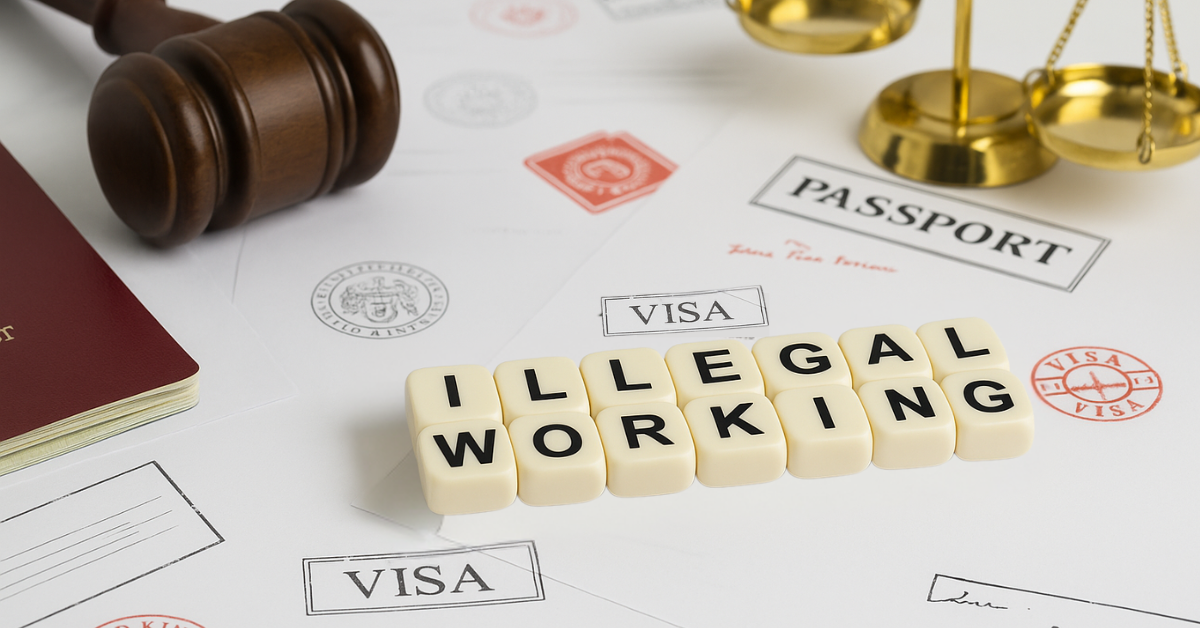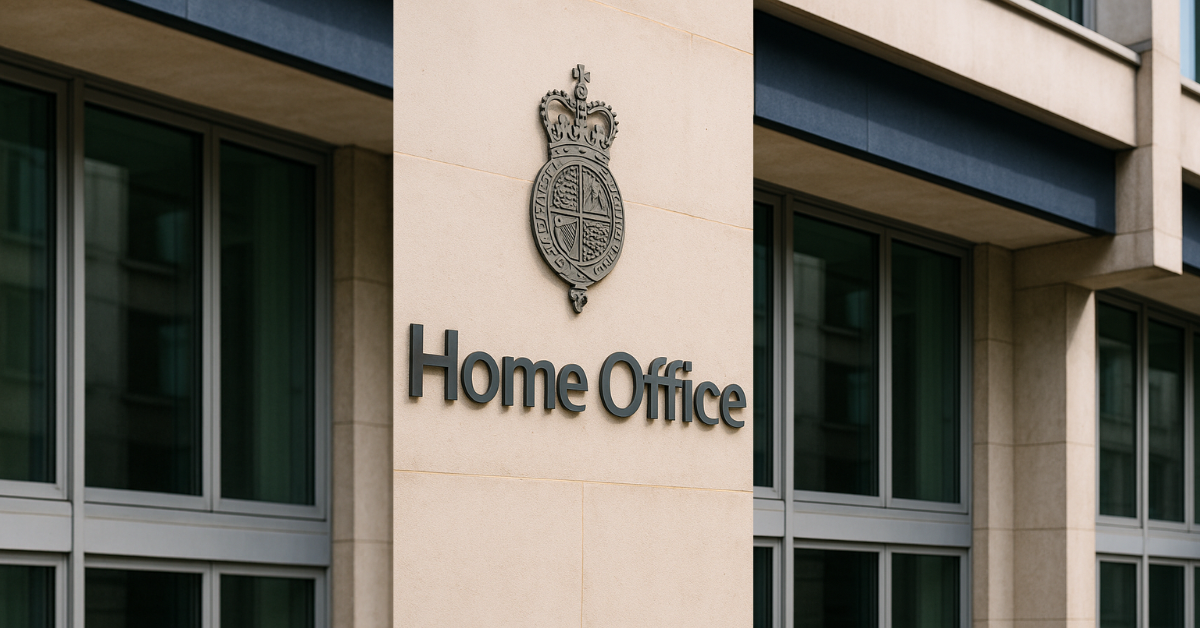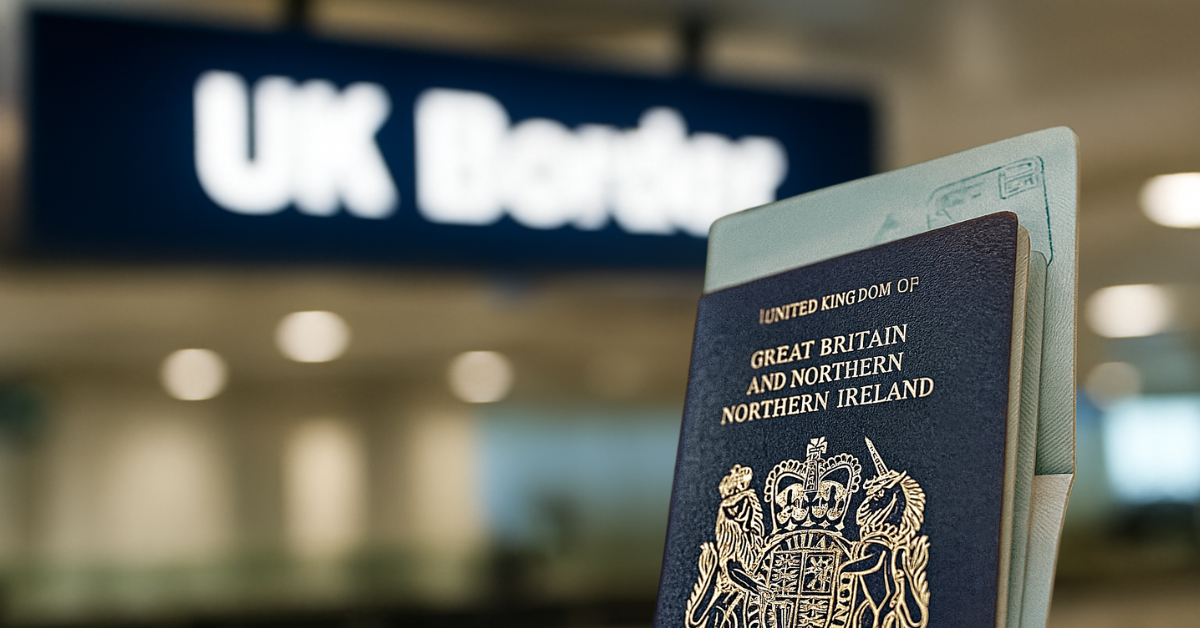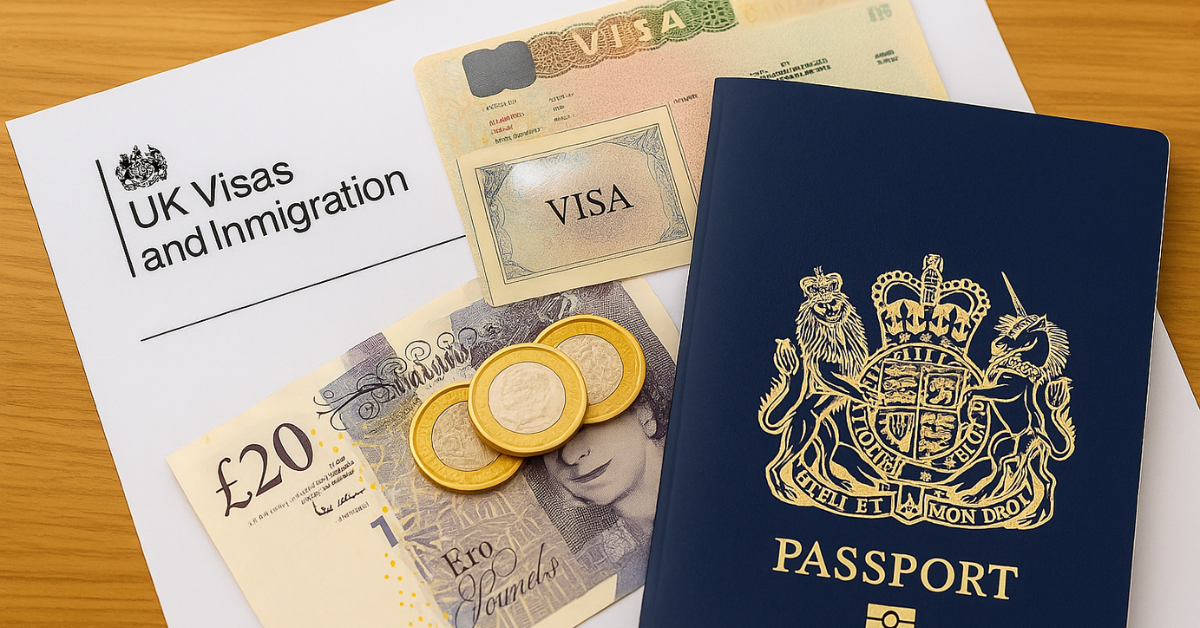
How to Sponsor Overseas Engineers to Work in the UK: A 2025 Guide for Employers
Learn how to legally sponsor overseas engineers to work in the UK. From SOC codes to salary thresholds and compliance rules, this 2025 guide covers everything UK employers need to know.

Ellie Dyke-French
Sponsoring an overseas engineer involves navigating the Skilled Worker visa route and complying with evolving UK immigration rules. This practical guide walks UK employers through the key legal and procedural steps to sponsor overseas engineers, from applying for a sponsor licence to choosing the correct SOC codes, understanding and meeting salary thresholds requirements under the July 2025 immigration rule changes.
Applying for and Acquiring a Sponsor Licence
Before a UK employer can sponsor an overseas engineer, they must apply for a sponsor licence from the Home Office. This licence permits the employer to issue Certificates of Sponsorship (CoS) to eligible workers.
The application process involves submitting evidence of the company’s legitimacy, demonstrating robust HR systems to monitor sponsored employees, and specifying the job roles for which sponsorship is sought. The Home Office may conduct compliance checks either before or after the licence is granted. The process typically takes eight weeks, though a priority service is available for an additional fee of £500.
Application Process:
-
Apply online via the Home Office portal
-
Submit supporting documents, including proof of registration and company accounts
-
Pay the appropriate fee:
-
Small Sponsors and Charities: £574
-
Large Sponsors: £1,579
-
Priority processing: £500 (Optional)
-
Relevant UKVI Guidance:
Skills and Experience of the Proposed Worker
To be eligible for sponsorship under the Skilled Worker visa, the engineer must meet specific skill and experience thresholds, including:
-
A job offer at RQF Level 6 or above (graduate level)
-
Relevant academic qualifications or equivalent practical experience
-
English language proficiency (via an approved test or recognised qualification)
Roles such as civil engineers, mechanical engineers, and electrical engineers typically qualify, but the candidate’s qualifications must match the job description and the selected SOC code.
Recruitment Requirements
Sponsoring employers must provide evidence that the role is necessary for the business and that the candidate has been selected through a credible recruitment process. The Home Office may scrutinise recruitment records, particularly where there appears to be a mismatch between the role’s job description and the candidate’s background.
What SOC Codes Are There for Engineers?
Standard Occupational Classification (SOC) codes are used to categorise job roles under the UK immigration system. For engineering roles, commonly used SOC codes include:
-
2121: Civil Engineers
-
2122: Mechanical Engineers
-
2123: Electrical Engineers
-
2124: Electronics Engineers
-
2125: Production and Process Engineers
-
2126: Aerospace Engineers
-
2129: Engineering Professionals not elsewhere classified (n.e.c.)
-
3113: Engineering Technicians
Each code comes with its own description, indictive job duties and minimum salary thresholds. Choosing the wrong code can result in a visa refusal or compliance issues.
Note: In line with the wider changes to the Immigration Rules, Engineering Technicians (3113) can also be sponsored. This code is now on the Temporary Shortage Occupation List (TSL) effective 22 July 2025.
If you do not know which code to use, you can search for the job in the CASCOT Occupation Coding Tool
Choosing the Right SOC Code
Choosing the appropriate SOC code requires a detailed comparison of the job description against the duties listed under each SOC code in the immigration rules and accompanying guidance.
Employers should avoid tailoring the job description to fit a desired code; instead, they should select the code that most accurately reflects the role’s functions and seniority.
Using the CASCOT Occupation Coding Tool, you can match up job roles and codes to see which code is the best fit for your workers.
How to Satisfy Salary Requirements for Engineers
As of 4 April 2024, and with changes coming into effect from 22 July 2025, Skilled Worker salaries must meet the higher of:
-
£41,700 per annum (the new general salary threshold), or
-
The occupation-specific going rate for the chosen SOC code (based on UK median pay)
Exceptions and Salary Discounts
You can qualify for a lower salary if any of the following apply:
-
New Applicants (Post-July 2025):
-
B - PhD holders:
-
90% of going rate or
-
£37,500, whichever is higher
-
-
C - STEM PhD holders:
-
80% of going rate or
-
£33,400, whichever is higher
-
-
D - Role is on the Immigration Salary List (replaces Shortage Occupation List):
-
Minimum: £33,400p.a. or
-
the occupation going rate, whichever is higher
-
-
E - New Entrants (e.g. under 26, recent UK grads, or in professional training):
-
70% of going rate or
-
£33,400, whichever is higher
-
-
- Transitional Provisions for Existing Skilled Workers (Pre-April 2024):
If you've held a Skilled Worker visa continuously since before 4 April 2024, your extension or ILR application may rely on previous rules
-
-
F - You have held a role continuously since before 4 April 2024, but no other exceptions apply:
-
Minimum £31,300 or
-
the occupation going rate, whichever is higher
-
-
G - PhD holders:
-
90% of going rate or
-
£26,100 whichever is higher
-
-
H - STEM PhD holders:
-
80% of going rate or
-
£25,000, whichever is higher
-
-
I - Role is on the Immigration Salary List (replaces Shortage Occupation List):
-
Minimum: £25,000 p.a. or
-
the occupation going rate, whichever is higher
-
-
J - New Entrants (e.g. under 26, recent UK grads, or in professional training):
-
70% of going rate or
-
£25,000, whichever is higher
-
-
Final Thoughts
Hiring overseas engineers under the Skilled Worker route requires careful alignment between the job role, SOC code, salary threshold, and visa rules. Employers should stay updated on UK Immigration changes and plan ahead to maintain compliance.
Need Help?
Paragon Law’s business immigration team can assist you with sponsor licence applications, compliance training, and visa advice for your international hires.
📩 Get in touch for tailored legal support.
🛑 The law applicable in this article is correct as of 22 July 2025. Immigration rules frequently change, and the information here may not reflect the latest legal position. For advice tailored to your specific circumstances, please contact us to arrange a consultation with our legal team.
Subscribe for updates

Navigating the Future: Migration Advisory Committee (MAC) Report on IT and Engineering Migration Policies
Not ready to talk? Our free immigration resources may have the answer to your questions

Border Security, Asylum and Immigration Act 2025 – What Employers Need to Know
.png)
UK Immigration Rule Changes 2025: Visa and Settlement Reforms Explained
%20What%20Sponsors%20Need%20to%20Know%20(1).png)
Upcoming Increase to the Immigration Skills Charge (ISC): What Sponsors Need to Know

Home Affairs Committee Launches Call for Evidence on Settlement Reforms

UK Immigration Rules 2025–2027: Key Visa & Policy Changes Explained

UK Immigration White Paper 2025: Visa & Settlement Rule Changes Explained

Home Secretary on UK Immigration: Settlement Rules & Border Control
.png)
UK ETA Refusals: Reasons & Next Steps


